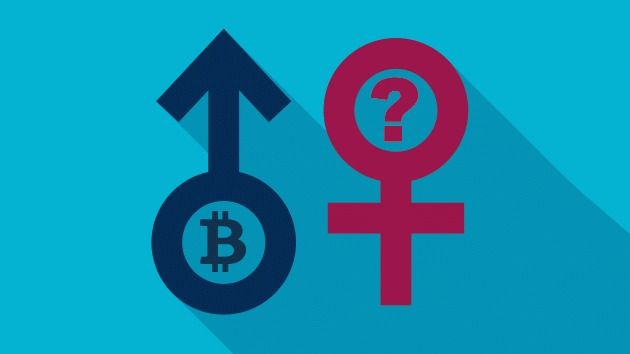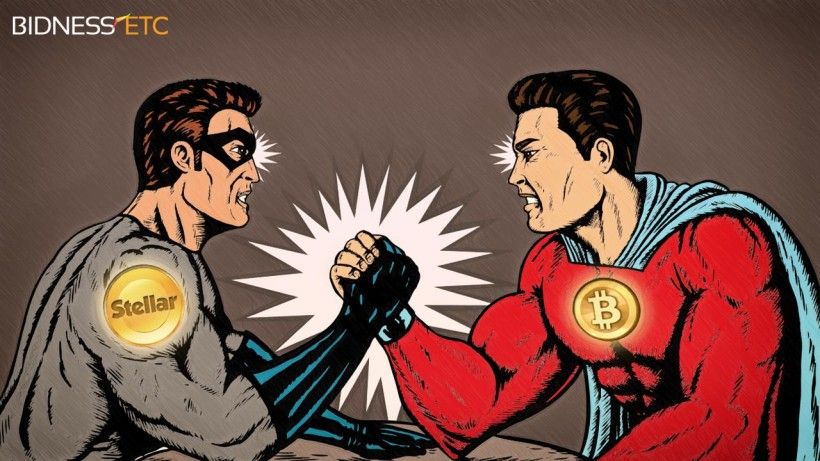Cryptocurrency aficionados have been discussing Bitcoin limitations ever since the blockchain buzz hit the street. Geeks toss around ideas for clearing transactions faster, resisting potential attacks, rewarding miners after the last coin is mined, and supporting anonymity (or the opposite—if you lean toward the dark side). There are many areas in which Bitcoin could be improved, or made more conducive to one camp or another.
Distinguished Penn State professor, John Carroll, believes that Bitcoin may eventually be marginalized due to its early arrival. He believes that its limitations will eventually be overcome by newer “altcoins”, presumably with improved mechanisms.
So, does progress in any of these areas threaten the reigning champ? It’s unlikely…
 More than any other individual, Andreas Antonopoulos is the face of Bitcoin. We discussed this very issue in the outer lobby of the MIT Bitcoin Expo at which he was keynote speaker (March 2015). Then, we discussed it again, when I hosted his presentation at The Bitcoin Event in New York (also in March). He clearly and succinctly explained to me why it is unlikely that an altcoin will replace Bitcoin as the dominant—and eventually surviving—cryptocurrency…
More than any other individual, Andreas Antonopoulos is the face of Bitcoin. We discussed this very issue in the outer lobby of the MIT Bitcoin Expo at which he was keynote speaker (March 2015). Then, we discussed it again, when I hosted his presentation at The Bitcoin Event in New York (also in March). He clearly and succinctly explained to me why it is unlikely that an altcoin will replace Bitcoin as the dominant—and eventually surviving—cryptocurrency…
It is not simply that Bitcoin was first or derived from Satoshi’s original paper, although this clearly established precedent, propelled it into the media, and ignited a grassroots industry. More importantly, Bitcoin is unlikely to be surpassed by an altcoin because:
- Bitcoin is open source. It is difficult enough for skeptics to trust that an open source protocol can be trusted. Users, businesses, banks, exchanges and governments may eventually trust a distributed, open source movement. After all, math is more trustworthy and less transient than governments. Math cannot inflate itself, bend to political winds, or print future generations into debt if it is tied to a cap. But it is unlikely that these same skeptics will allow an inventor with a proprietary mechanism to take custody of their wealth, or one in which the content of all wallets cannot be traced back to the origin.
- If we accept #1 (that a viable contender must be open source and either public or freely licensed), then Bitcoin developers or wallet vendors are free to incorporate the best protocols and enhancements from the alt-developers. They can gradually be folded into Bitcoin and adopted by consensus. This is what Gavin and the current developers at Bitcoin Prime do. They protect, enhance, extend, and promote. Looked at another way, when a feature or enhancement is blessed—and when 3 or 4 of the leading 7 wallets honor it, it becomes part of Bitcoin.
Bitcoin has achieved a two-sided network effect, just like Acrobat PDF. Unseating an entrenched two-sided network requires disruptive technology and implementation with clear benefits. But in the case of a widely distributed, trusted and universally adopted tool (such as a public-use monetary instrument), a contender must be open source. The Cryptocurrency Standards Association, The Bitcoin Foundation and the leading wallet vendors have always been open and eager to incorporate the best open source ideas into Bitcoin.
Even if Bitcoin were replaced by an altcoin or by “Bitcoin 2.0”, it is likely that the public would only migrate to the enhanced coin if it were tied to the original equity corpus of earned and mined coins from the Bitcoin era. That is, we all know that Satoshi may have thousands of original Bitcoins, but few among us would tolerate (a) losing all of our Bitcoin value, and (b) rewarding a blockchain wannabe who declares that his coins are worth more than the grassroots legacy of vested millions that came before.
 Consider Prof Carroll’s analogy: “Who will use an acoustic string telephone when he could access a mobile phone.” A more accurate analogy is the evolution of the 32 year old AMPS phone network (the first widely deployed cell phone network). In 1983, the original phones were analogue and limited to 400 channels. Like their non-cellular predecessors, user equipment was bulky. Phones were divided into bulky components in the trunk, under the seat and a corded handset. They lacked GPS, LTE and many signaling features that we now take for granted. Yet carriers, equipment manufacturers and users were never forced to throw away equipment and start over. The network grew, adopted, and yielded incentives for incremental user-equipment upgrade.
Consider Prof Carroll’s analogy: “Who will use an acoustic string telephone when he could access a mobile phone.” A more accurate analogy is the evolution of the 32 year old AMPS phone network (the first widely deployed cell phone network). In 1983, the original phones were analogue and limited to 400 channels. Like their non-cellular predecessors, user equipment was bulky. Phones were divided into bulky components in the trunk, under the seat and a corded handset. They lacked GPS, LTE and many signaling features that we now take for granted. Yet carriers, equipment manufacturers and users were never forced to throw away equipment and start over. The network grew, adopted, and yielded incentives for incremental user-equipment upgrade.
With all due respect to the distinguished Penn State professor, John Carroll, I stand with Andreas. Bitcoin need’t relinquish the throne. It is evolving!
Philip Raymond is Co-Chair of The Cryptocurrency Standards Association and CEO of Vanquish Labs.
This is his first article for Lifeboat Foundation
Related: Stellar & Ripple: Pretender to Bitcoin throne?







